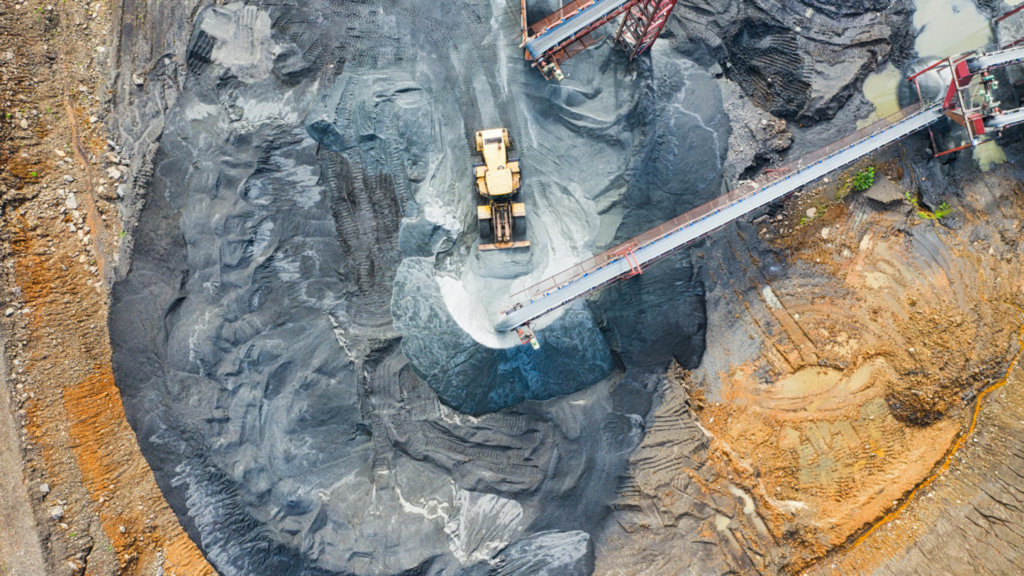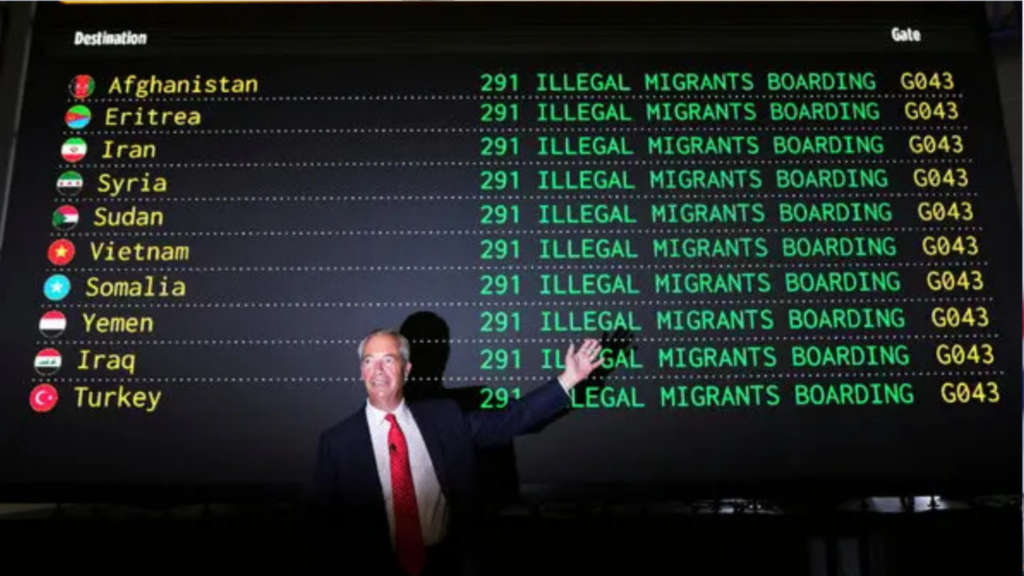Global Displacement Trends and the Disproportionate Burden on Host Countries
At the close of 2023, the number of people forcibly displaced worldwide reached a staggering 117.3 million, the highest figure in recorded history. This includes 43.4 million refugees and 68.3 million people internally displaced by conflict and violence. These are not just abstract numbers. They represent individuals and families whose lives have been upended, often permanently, by war, persecution, political collapse, and climate disasters.
But beyond the humanitarian tragedy lies a geopolitical imbalance that receives far less attention: the overwhelming majority of these displaced populations, over 75% are hosted by low- and middle-income countries. Nations grappling with their own fragile economies and governance structures are absorbing the greatest burdens of global displacement, while wealthier states remain relatively insulated.
Who Bears the Weight?
According to the latest UNHCR Global Trends report, the top refugee-hosting countries in 2023 were Turkey, Iran, Colombia, Germany, and Pakistan. Together, these countries hosted more than 16 million refugees. With the exception of Germany, none of these countries rank among the world’s wealthiest or most politically stable.
Turkey alone is home to over 3.6 million Syrians displaced by more than a decade of civil war. Pakistan continues to shelter more than 1.7 million Afghans, while Uganda itself coping with instability and underdevelopment hosts over 1.5 million people fleeing violence in South Sudan and the Democratic Republic of Congo.
These host countries have adopted a level of openness that is politically unthinkable in many Western democracies. Yet they receive disproportionately limited international support in return.
A Crisis of Responsibility, Not Capacity
The mismatch between those with resources and those offering refuge highlights an uncomfortable truth: global displacement is not just a humanitarian crisis, but a crisis of political will.
In 2023, the entire European Union comprising 27 nations and some of the world’s most advanced economies collectively hosted fewer than 4 million refugees. The United States, historically a leader in refugee resettlement, accepted just under 60,000 refugees in the same year, a fraction of its stated annual cap, and minuscule in proportion to its economic capacity.
Meanwhile, Jordan, a small Middle Eastern nation with limited natural resources and soaring unemployment, hosted over 760,000 displaced people. Lebanon, whose economy has collapsed in recent years, is still home to over a million Syrian refugees. These countries are not just offering shelter they are absorbing the economic, social, and political costs that come with hosting large, long-term displaced populations.
The World Bank estimates that the fiscal impact of large refugee populations on host nations like Lebanon and Jordan can exceed 3% of GDP annually. These costs come in the form of healthcare, education, public infrastructure, and security, all of which are strained to breaking point in many host countries.
When Displacement Becomes a Permanent Condition
Perhaps the most troubling trend is that displacement is no longer temporary. Today, the average duration of displacement for refugees exceeds a decade. In many contexts such as among Palestinian or Afghan populations displacement has become multi-generational.
This prolonged limbo prevents refugees from integrating into society or contributing meaningfully to local economies. Many remain confined to informal settlements or refugee camps, where access to education, employment, and legal rights is limited or non-existent. At the same time, host communities often view them as a burden or even a threat, leading to rising tensions, xenophobia, and political backlash.
The consequences are both humanitarian and strategic. Prolonged displacement without resolution fosters instability, both in host countries and in the regions from which refugees originate. It creates fertile ground for recruitment into extremist groups, erodes social cohesion, and weakens fragile states.
The Roadblocks to a Global Response
Despite decades of international dialogue, the global response to displacement remains reactive and short-term. Humanitarian aid is stretched thin. Resettlement programs operate far below capacity. Development financing for host countries remains inconsistent and politicized.
The framing of displacement as a humanitarian issue rather than a geopolitical and economic one has contributed to this inertia. In reality, the forced movement of tens of millions of people has far-reaching implications for international stability, trade, governance, and security.
What’s urgently needed is a structural, multilateral approach that goes beyond temporary relief and tackles the systemic roots of displacement. This means increasing development aid to host countries in ways that integrate humanitarian assistance with long-term strategies for economic resilience. High-income nations must take on a fairer share of the global responsibility by significantly expanding resettlement programs, calibrated to their economic capacity and historical role in global affairs. At the same time, host countries should be supported in implementing legal and policy reforms that empower displaced people to work, access education, and participate meaningfully in society, rather than remaining in protracted limbo. Crucially, efforts must also focus on upstream solutions through preventive diplomacy, peacebuilding, and targeted investment in fragile regions to address the conflicts and crises that force people to flee in the first place.
Looking Ahead: A Defining Test for Global Solidarity
The displacement crisis is accelerating, and the future offers little relief. Climate change is expected to displace an additional 200 million people by 2050, according to the World Bank. This will intersect with existing patterns of conflict, resource scarcity, and political fragility creating what many experts call a “polycrisis” of forced migration.
If the international community continues to outsource its humanitarian responsibilities to countries least able to bear them, the consequences will be severe. Political instability in host countries will ripple across borders. Fragile states will become failed ones. Human suffering will deepen, and the moral authority of the international system will continue to erode.
Displacement is no longer a peripheral issue. It is central to the 21st century geopolitical landscape. How we choose to address it or ignore it will shape not just the lives of those forced to flee, but the stability and security of the global order itself.
Bibliography
Anholt, R., & Sinatti, G. (2020). Under the guise of resilience: The EU approach to migration and forced displacement in Jordan and Lebanon. Contemporary Security Policy, 41(2), 311-335
Arshad, M., & Hawkins, E. D. (2023). Experts Discusses Poland and Germany’s Response to Ukrainian Refugees at Harvard Davis Center Panel. The Harvard Crimson.
https://www.thecrimson.com/article/2023/4/4/ukrainian-refugee-eu-davis-center/
Davies, T., & Isakjee, A. (2019). Ruins of Empire: Refugees, race and the postcolonial geographies of European migrant camps. Geoforum, 102, 214-217.
Fakhoury, T. (2019). Multi-level governance and migration politics in the Arab world: the case of Syria’s displacement. Journal of Ethnic and Migration Studies, 45(8), 1310-1326.
Houssari, N. (2023). Lebanon PM warns Syrian refugees pose ‘danger to the nation’. Arab News. https://www.arabnews.com/node/2369381/middle-east
Huang, L., & Davidoff-Gore, S. (2024). ‘Displacement and International Protection in a Warming World’. Migration Policy Institute. https://www.migrationpolicy.org/sites/default/files/publications/mpi-climate-displacement-2024_final.pdf
IOM. (2024). Word Migration Report 2024. International Organization for Migration. https://worldmigrationreport.iom.int/
Milner, J., & Loescher, G. (2011). ‘Responding to protracted refugee situations: Lessons from a decade of discussion’. Refugee Studies Centre, Oxford Department of International Development, University of Oxford. https://yorkspace.library.yorku.ca/server/api/core/bitstreams/4e8f29f7-8272-4330-a984-cfe9b5661068/content
UNHCR. (2024). Global Trends: Forced Displacement in 2023. United Nations High Commissioner for Refugees. https://www.unhcr.org/sites/default/files/202406/global-trends-report-2023.pdf
UNHCR. (2024). Mid-Year Trends 2024. United Nations High Commissioner for Refugees. https://www.unhcr.org/mid-year-trends-report-2024



